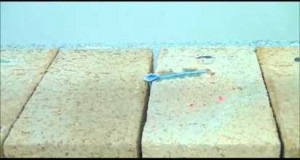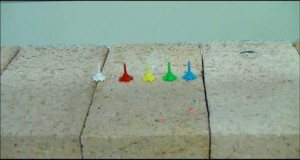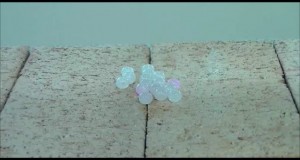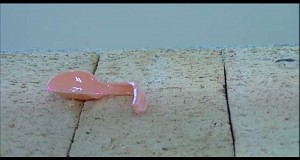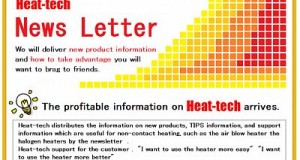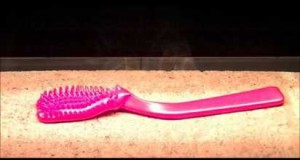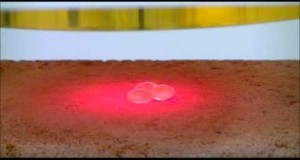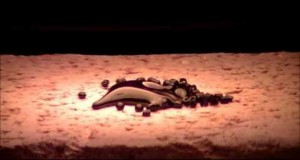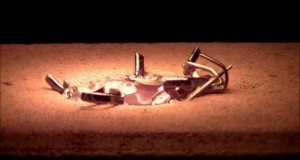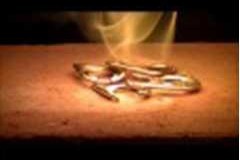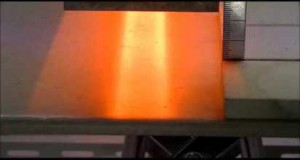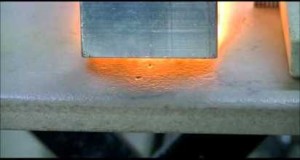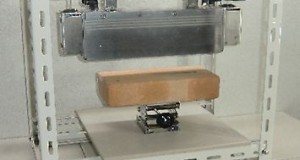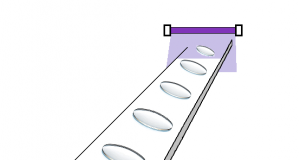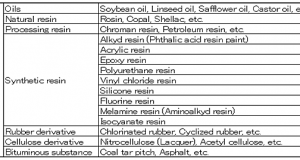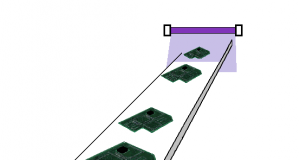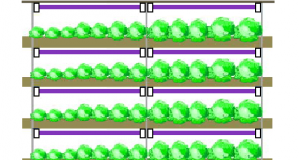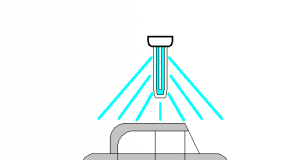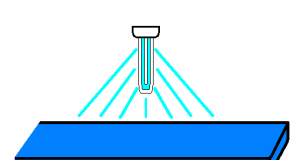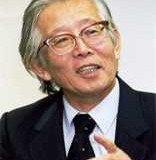This video is a demonstration to Heating dissolution of paraffin candles with a halogen line heaterHLH-60A/f∞.
Read More »The difference by the color of the polypropylene heating with a halogen line heaterHLH-60A/f∞
This video is a demonstration to The difference by the color of the polypropylene heating with a halogen line heaterHLH-60A/f∞.
Read More »Heating of acrylic beads with a halogen line heaterHLH-60A/f∞
This video is a demonstration to Heating of acrylic beads with a halogen line heaterHLH-60A/f∞.
Read More »Heating of polystyrene spoon with a halogen line heaterHLH-60A/f∞
This video is a demonstration to Heating of polystyrene spoon with a halogen line heaterHLH-60A/f∞.
Read More »Heat-tech News Letter – Vol. 012
■□■━━━━━━━━━━━━━━━━━━━━━━━━━━━━━━■ □■ Heat-tech News Letter – Vol. 012 2016-04-15 □■ ■━━━━━━━━━━━━━━━━━━━━━━━━━━━━━━■□■ □ INDEX ■1. Guidance of the new product ■2. Guidance of new applications ■3. Movie Library ■4. Editor’s note ┏━━━━━━━━━━━━━━━━━━━━━━━━━━━━━━━━━┓ ■1. Guidance of the new product ┗━━━━━━━━━━━━━━━━━━━━━━━━━━━━━━━━━┛ 1-1) 《 ...
Read More »Heating dissolution of polypropylene brush with a halogen line heaterHLH-60A/f∞
This video is a demonstration to Heating dissolution of polypropylene brush with a halogen line heaterHLH-60A/f∞.
Read More »Heating dissolution of polystyrene beads with a halogen point heater HPH-160/f40
This video is a demonstration to Heating dissolution of polystyrene beads with a halogen point heater HPH-160 / f40. Please check the following site for more information.
Read More »Dissolution of black glass beads with a halogen point heater HPH-160/f40
This video is a demonstration to dissolution of black glass beads with a halogen point heater HPH-160 / f40. Please check the following site for more information.
Read More »Dissolution of the iron copper plating staple with a halogen point heater HPH-160 / f40-2
This video is a demonstration to dissolution of the iron copper plating staple with a halogen point heater HPH-160 / f40-2 Please check the following site for more information.
Read More »Dissolution of the iron copper plating staple with a halogen point heater HPH-160/f40
This video is a demonstration to dissolution of the iron copper plating staple with a halogen point heater HPH-160 / f40. Please check the following site for more information.
Read More »Dissolution of the aluminum pull-top with a halogen point heater HPH-160/f40
This video is a demonstration to dissolution of the aluminum pull-top with a halogen point heater HPH-160 / f40 Please check the following site for more information.
Read More »Change in focal length and concentrating width of the Halogen Line Heater HLH-65/f75
This video is a demonstration to confirm the concentrating width of the Halogen Line Heater HLH-65/f75.
Read More »Change in focal length and concentrating width of the Halogen Line Heater HLH-55/f25
This video is a demonstration to confirm the concentrating width of the Halogen Line Heater HLH-55/f25.
Read More »Change in focal length and concentrating width of the Halogen Line Heater HLH-30/f20
This video is a demonstration to confirm the concentrating width of the Halogen Line Heater HLH-30/f20.
Read More »Cubic Test Stand
[ CTS-L & CTS-M ] [ CTS-M + HLH-65W ] * Refractory brick, Manual lifting table and Heat resistant plate are optional. [ CTS-M + HPH-160 ] * Refractory brick, Manual lifting table and Heat resistant plate are optional.
Read More »Heat-tech News Letter – Vol. 011
■□■━━━━━━━━━━━━━━━━━━━━━━━━━━━━━━■ □■ Heat-tech News Letter – Vol. 011 2016-01-15 □■ ■━━━━━━━━━━━━━━━━━━━━━━━━━━━━━━■□■ □ INDEX ■1. Guidance of the new product ■2. Guidance of new applications ■3. Support Information ■4. Editor’s note ┏━━━━━━━━━━━━━━━━━━━━━━━━━━━━━━━━━┓ ■1. Guidance of the new product ┗━━━━━━━━━━━━━━━━━━━━━━━━━━━━━━━━━┛ We lined up ...
Read More »No.13 Glass lens ultraviolet (UV) cleaning
[ Problem Point ] For cleaning, it has been required a continuous reduction and dry process. [ ⇒Kaizen Point ] An ultraviolet lamp it was irradiated for a short time on the glass lens. By the action of active oxygen ...
Read More »Basic knowledge of Resin heating 3.The kind of resin -11 Paint
1.About Paint The paint is a material to apply on the surface protect an object and dressed richly or to give an original function. The history of the paint represented for a long time by lacquering is in Japan, but ...
Read More »No.12 UV surface modification of the resin printed board
[ Problem Point ] Printing of an ink-jet printer did not work out. [ ⇒Kaizen Point ] An ultraviolet lamp it was irradiated for a short time to the substrate. Improved wettability, ink-jet printing has become well.
Read More »No.11 Light herbicide
[ Problem Point ] It has been demanded a permanent herbicidal effect at a low cost. [ ⇒Kaizen Point ] An ultraviolet lamp it was irradiated for a short time to plant. We were conducting research to prevent the growth ...
Read More »No.10 Reading of the transparent UV ink
[ Problem Point ] For crisis management, we wanted to print the information on the product. [ ⇒Kaizen Point ] It was printed with UV ink. Since inconspicuous, it finished without changing the package design. Accuracy of crisis management has ...
Read More »No.9 Drying of UV printing
[ Problem Point ] To shorten the drying time of printing has been demanded. [ ⇒Kaizen Point ] Drying speed is fast, I was able to shorten the working time. The strength of the cover increases, and scrub scratch is ...
Read More »No.8 Weather resistance test of painting
[ Problem Point ] We wanted to accelerated test the weather resistance test in the laboratory. [ ⇒Kaizen Point ] It was irradiated with ultraviolet light in the body It is possible to adjust the wattage was take a multi-specific ...
Read More »No.7 Weather resistance test of the resin plate
[ Problem Point ] We wanted to accelerated test the weather resistance test in the laboratory. [ ⇒Kaizen Point ] It was irradiated with ultraviolet light in the resin plate It is possible to adjust the wattage was take a ...
Read More »Basic knowledge of Resin heating 3.The kind of resin -10 Conductive resin
There is a substance that can flow electricity, that can not flow electricity. Flow electricity substance is “Conductor”, can not flow electricity substance is “Insulator”, Silicon(Si) and Germanium (Ga) of the middle is the “Semiconductor”. Metal is a conductor was ...
Read More » HEAT-TECH Best Technology Online Shop
HEAT-TECH Best Technology Online Shop 
